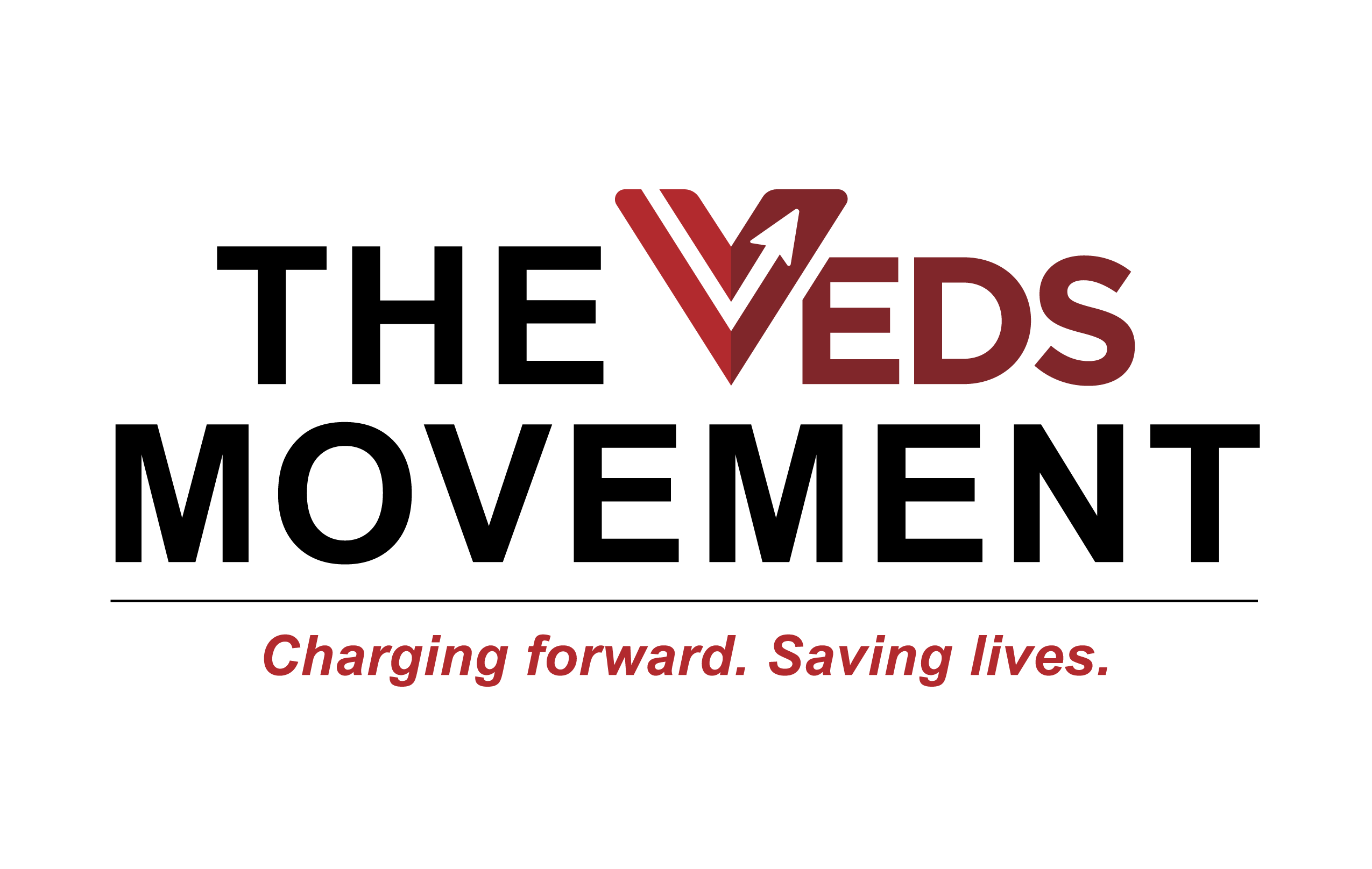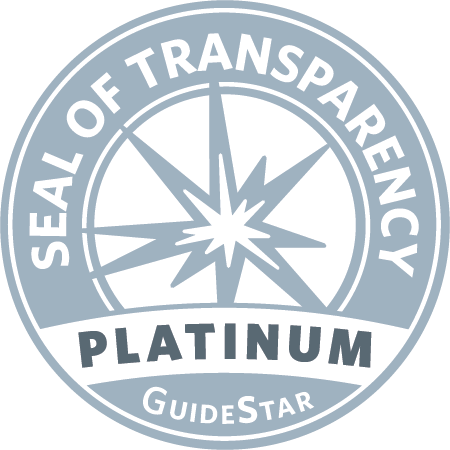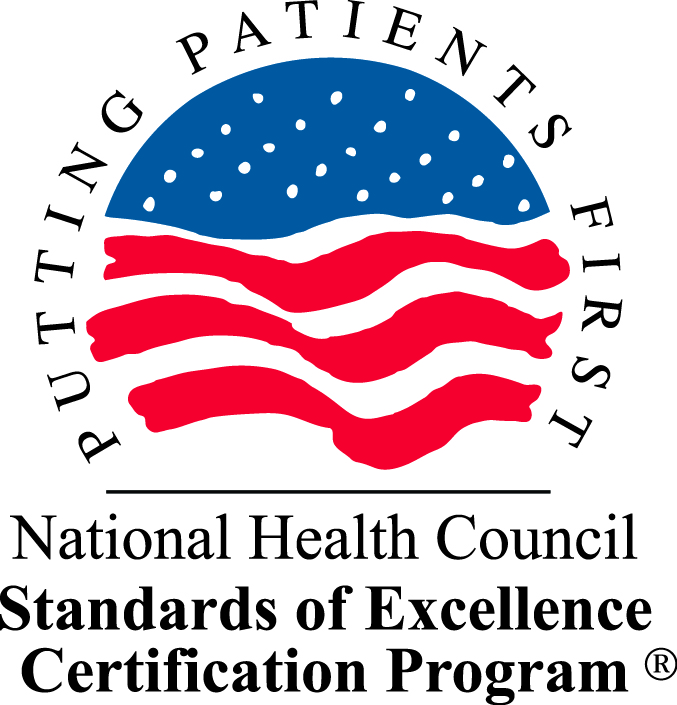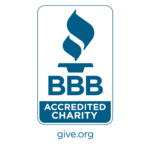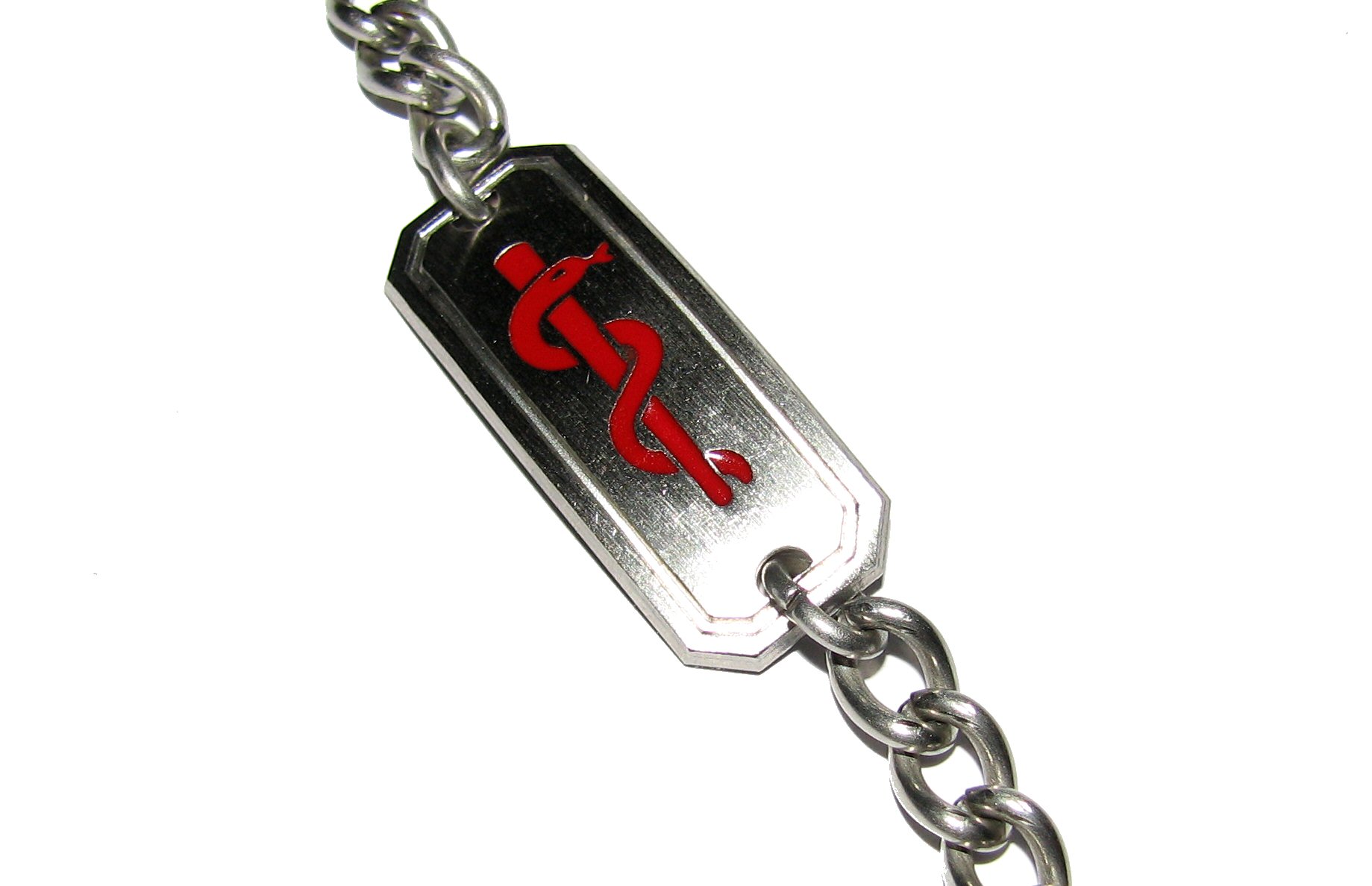
Do you have VEDS and struggle with what information to put on your medical ID or medical alert bracelet?
You are not alone.
Individuals with VEDS are at a high risk of life-threatening complications like arterial ruptures and dissections (including the aorta), organ ruptures (particularly the bowel and uterus), carotid-cavernous sinus fistula, and lung collapse.
It may feel daunting to think about wearing a medical ID, but this is an important tool in helping you get fast and appropriate evaluation and treatment in an emergency. This is even more crucial if you are unable to communicate your medical history.
To ensure your medical ID is the most effective, include the following:
- Your name
- Include life-threatening complications. For example: “High genetic risk of arterial/aorta dissection, rupture and organ rupture, pneumothorax and carotid cavernous sinus fistula (CCSF).”
- In Case of Emergency (ICE): Choose an emergency contact who is familiar with your medical history so they can advocate for you when you need them.
- Allergies: Include your medication and food allergies. If you have room on your medical ID, you may also choose to include information about the FDA warning on Fluoroquinolones.
- Put your medical condition last. TIP: Keep the VEDS diagnosis simple. “VEDS” will be more effective than “Vascular Ehlers-Danlos Syndrome” so you are not mistaken for having one of the other forms of Ehlers-Danlos Syndrome.
Other helpful tools
As a companion for your medical ID, consider carrying your medical history with you and using our VEDS Emergency Preparedness Kit and Card.
Knowing the signs of an emergency associated with VEDS and having information about your diagnosis available to responders and emergency physicians may save your life.
Learn more about ways you can be prepared for an emergency
